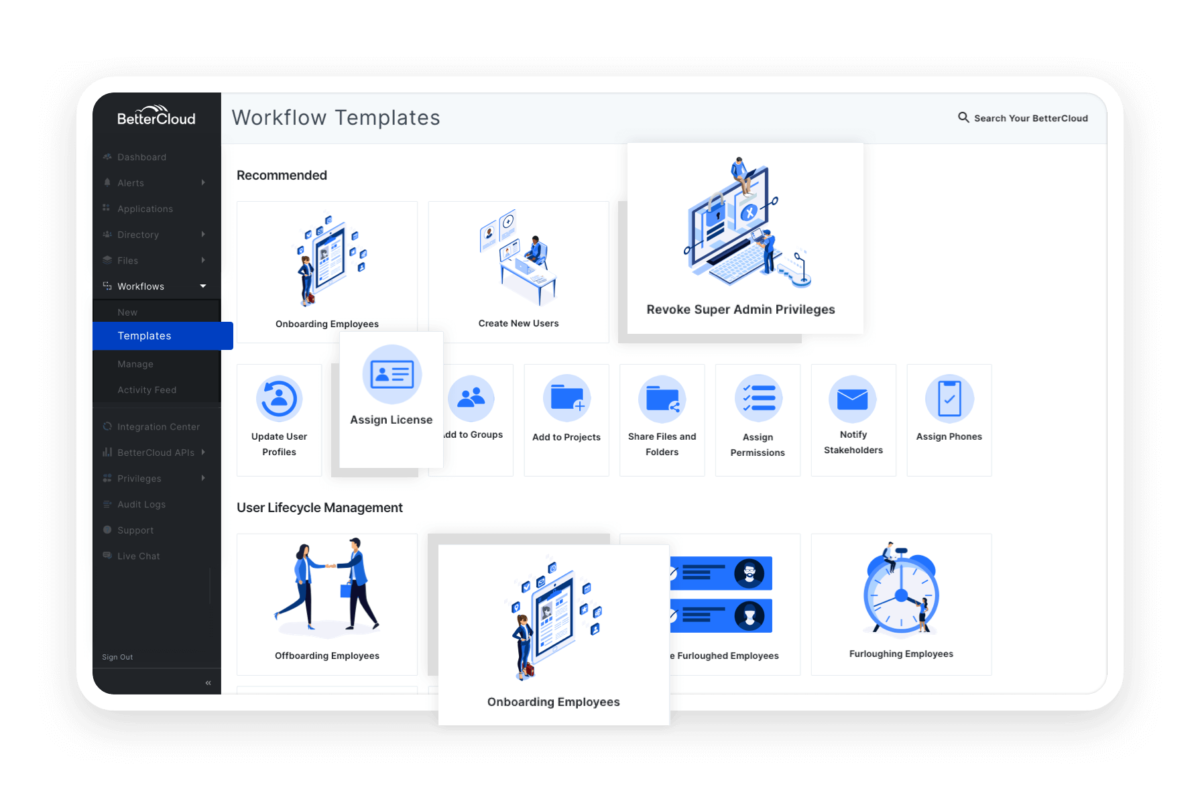In today’s fast-paced business environment, organizations are constantly seeking ways to streamline their operations and improve efficiency. One effective solution is secure workflow automation, which combines technology and streamlined processes to simplify complex business workflows. By automating repetitive tasks and implementing secure digital workflows, businesses can save time, reduce errors, and enhance productivity. In this article, we will explore how you can simplify your business processes with secure workflow automation.
Identify Repetitive Tasks
The first step in simplifying business processes is to identify repetitive tasks that can be automated. These tasks often involve manual data entry, approval processes, document routing, and notifications. By automating these repetitive tasks, you can free up valuable time for your employees to focus on more strategic and value-added activities.
Choose the Right Workflow Automation Solution
Selecting the right workflow automation solution is crucial for successful implementation. Look for a solution that offers a user-friendly interface, customizable workflows, integration capabilities with your existing systems, and robust security features. Ensure that the solution complies with data protection regulations and offers encryption, access controls, and audit trails to protect sensitive information.
Map and Optimize Workflows
Before implementing workflow automation, it is essential to map out your existing workflows and identify areas for improvement. Analyze each step in the process and identify bottlenecks, redundancies, and inefficiencies. Streamline and optimize the workflows to eliminate unnecessary steps and make the process more efficient. This will ensure that your automated workflows are designed to enhance productivity and eliminate unnecessary manual intervention.
Integrate Data and Systems
To achieve seamless workflow automation, it is crucial to integrate data and systems across your organization. Ensure that your workflow automation solution can integrate with your existing business applications, such as customer relationship management (CRM) software, enterprise resource planning (ERP) systems, and document management platforms. This integration enables smooth data transfer, eliminates data silos, and enhances overall efficiency.
Implement Security Measures
Security is paramount when it comes to workflow automation. Ensure that your chosen solution offers robust security measures to protect your sensitive data. This includes secure user authentication, data encryption, access controls, and regular security audits. Implementing these security measures will safeguard your business information and ensure compliance with data protection regulations.
Train and Engage Employees
Successful implementation of workflow automation requires proper training and engagement of employees. Provide comprehensive training on the new workflow processes, highlighting the benefits and ease of use. Encourage employee feedback and suggestions to continuously improve automated workflows. Engaged and well-trained employees are more likely to embrace the changes and contribute to the overall success of the automation initiative.
Implementing secure workflow automation can revolutionize your business processes, save time, reduce errors, and boost productivity. Identify repetitive tasks, choose the right workflow automation solution, optimize workflows, integrate systems, implement security measures, and engage employees for a successful automation journey.

